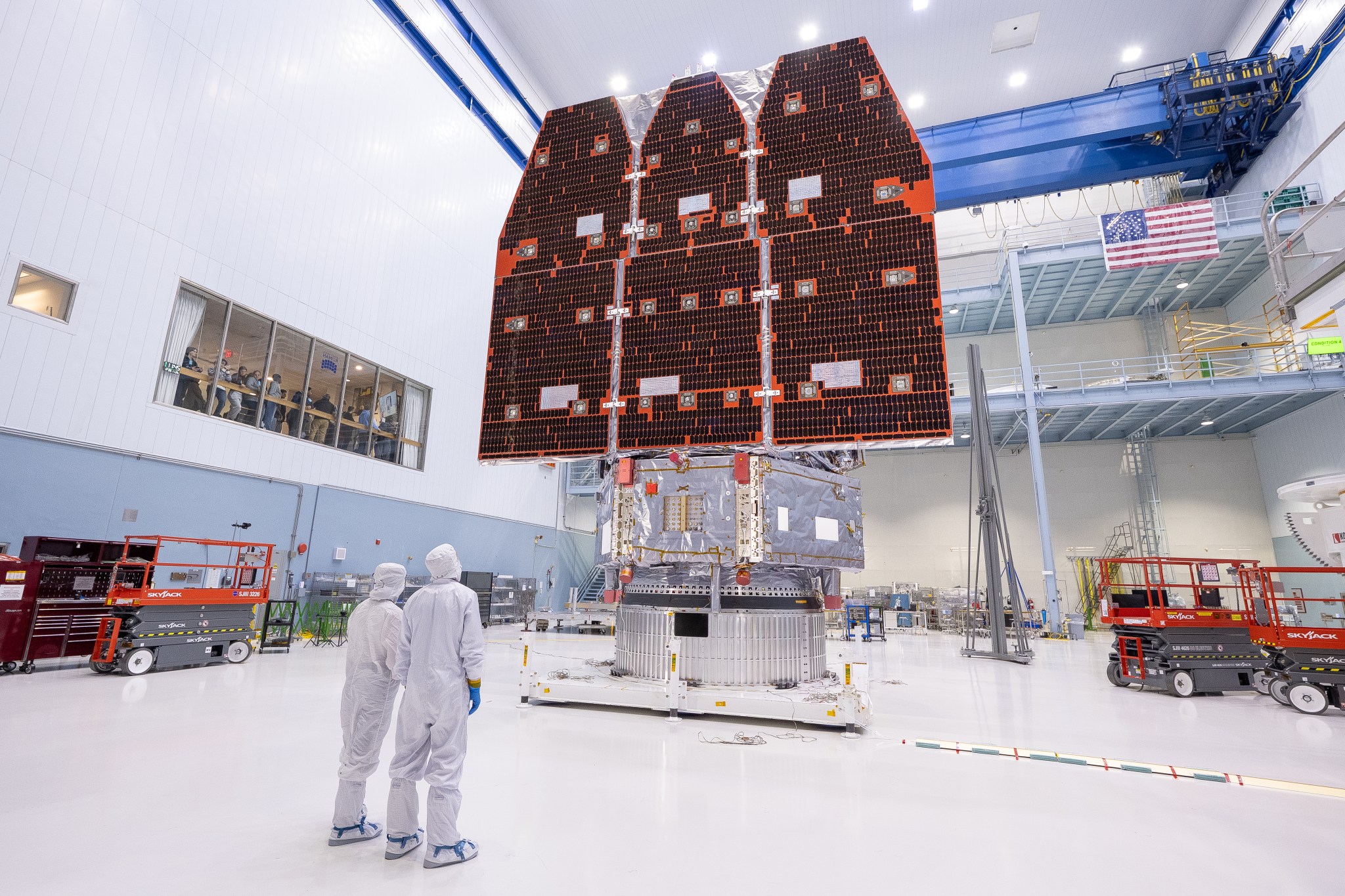
Last November's magnitude 7.8 Kaikoura earthquake in New Zealand was so complex and unusual, it is likely to change how scientists think about earthquake hazards in plate boundary zones around the world, finds a new international study.
The study, led by GNS Science, Avalon, New Zealand, with NASA participation, is published this week in the journal Science. The team found that the Nov. 14, 2016, earthquake was the most complex earthquake in modern history. The quake ruptured at least 12 major crustal faults, and there was also evidence of slip along the southern end of the Hikurangi subduction zone plate boundary, which lies about 12 miles (20 kilometers) below the North Canterbury and Marlborough coastlines.
Lead author and geodesy specialist Ian Hamling of GNS Science says the quake has underlined the importance of re-evaluating how rupture scenarios are defined for seismic hazard models in plate boundary zones worldwide.
"This complex earthquake defies many conventional assumptions about the degree to which earthquake ruptures are controlled by individual faults, and provides additional motivation to re-think these issues in seismic hazard models," Hamling says.
The research team included 29 co-authors from 11 national and international institutes. To conduct the study, they combined multiple datasets, including satellite radar interferometry and GPS data that measure the amount of ground movement associated with the earthquake, along with field observations and coastal uplift data. The team found that parts of New Zealand's South Island moved more than 16 feet (5 meters) closer to New Zealand's North Island and were uplifted by as much as 26 feet (8 meters).
The Kaikoura earthquake rupture began in North Canterbury and propagated northward for more than 106 miles (170 kilometers) along both well-known and previously unknown faults. It straddled two distinct active fault domains, rupturing faults in both the North Canterbury Fault zone and the Marlborough Fault system.
The largest movement during the earthquake occurred on the Kekerengu fault, where pieces of Earth's crust were displaced relative to each other by up to 82 feet (25 meters), at a depth of about 9 miles (15 kilometers). Maximum rupture at the surface was measured at 39 feet (12 meters) of horizontal displacement.
Hamling says there is growing evidence internationally that conventional seismic hazard models are too simple and restrictive. "Even in the New Zealand modeling context, the Kaikoura event would not have been included because so many faults linked up unexpectedly," he said. "The message from Kaikoura is that earthquake science should be more open to a wider range of possibilities when rupture propagation models are being developed."
The scientists analyzed interferometric synthetic aperture radar (InSAR) data from the Copernicus Sentinel-1A and -1B satellites, which are operated by the European Space Agency, along with InSAR data from the Japan Aerospace Exploration Agency's ALOS-2 satellite. They compared pre- and post-earthquake images of Earth's surface to measure land movement across large areas and infer movement on faults at depth. The Sentinel and ALOS-2 satellites orbit Earth in near-polar orbits at altitudes of 373 and 434 miles (600 and 700 kilometers), respectively, and image the same point on Earth at repeat intervals ranging from six to 30 days. The Sentinel and ALOS-2 satellites use different wavelengths, which means they pick up different aspects of surface deformation, adding to the precision and completeness of the investigation.
In the spirit of international cooperation, both space agencies had re-prioritized their satellites immediately after the quake to collect more images of New Zealand to help with research and support the emergency response activities.
Before the earthquake, coauthors Cunren Liang and Eric Fielding of NASA's Jet Propulsion Laboratory, Pasadena, California, developed new InSAR data processing techniques to measure the ground deformation in the satellite flight direction using wide-swath images acquired by the ALOS-2 satellite. This is the first time this new approach has been successfully used in earthquake research.
"We were surprised by the amazing complexity of the faults that ruptured in the Kaikoura earthquake when we processed the satellite radar images," said Fielding. "Understanding how all these faults moved in one event will improve seismic hazard models."
The authors say the Kaikoura earthquake was one of the most recorded large earthquakes anywhere in the world, enabling scientists to undertake analysis in an unprecedented level of detail. This paper is the first in a series of studies to be published on the rich array of data collected from this earthquake.
News Media Contact
Alan Buis
Jet Propulsion Laboratory, Pasadena, Calif.
818-354-0474
alan.buis@jpl.nasa.gov
Ian Hamling
GNS Science, Avalon, New Zealand
011-64-570-4568
2017-084
from News and Features http://ift.tt/2mZ4DtK
via IFTTT


No comments:
Post a Comment